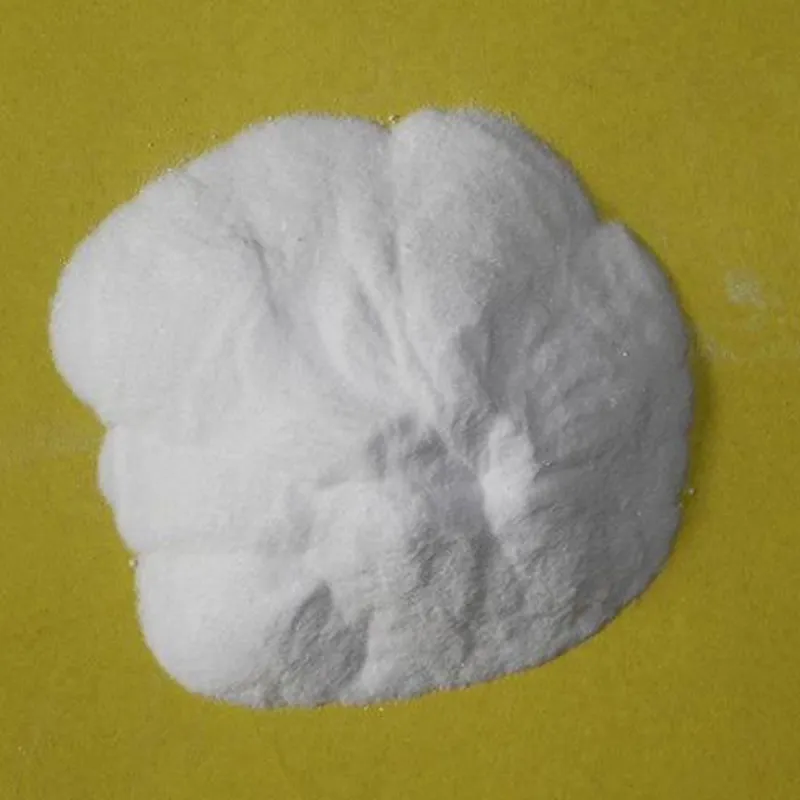
Understanding the Role and Function of Emulsifier E339 in Food Products
Understanding Emulsifier E339 A Comprehensive Guide
Emulsifiers play a crucial role in the food industry by stabilizing mixtures that would otherwise separate, such as oil and water. Among these essential additives, Emulsifier E339, also known as sodium phosphates, has gained significant attention due to its multifunctional properties and wide application range. This article will explore E339's characteristics, functions, and potential health implications.
What is Emulsifier E339?
Emulsifier E339 is derived from phosphoric acid and comes in several forms, including sodium phosphate monobasic, sodium phosphate dibasic, and sodium phosphate tribasic. These compounds are commonly used in food processing as emulsifying agents, stabilizers, and acidity regulators. The main function of E339 is to enhance the texture and shelf life of food products while ensuring a stable emulsion.
Functions and Applications
E339 serves multiple purposes in various food products
1. Emulsification As an emulsifier, E339 helps to combine water-based and oil-based ingredients, creating a stable mixture. This property is particularly important in products like mayonnaise, salad dressings, and sauces, where a uniform consistency is critical for consumer acceptance.
2. Texture Improvement It contributes to the creamy mouthfeel in dairy products, spreads, and processed foods. By improving the texture, E339 enhances the overall sensory experience for the consumer.
emulsifier 339

3. Preservation E339 plays a role in prolonging the shelf life of products by preventing the separation of ingredients and reducing the risk of spoilage. Its ability to act as a stabilizer makes it a valuable addition to many packaged foods.
4. pH Regulation As an acidity regulator, E339 can help maintain a specific pH level in food products. This property not only influences taste but also acts as a preservative, inhibiting microbial growth and extending shelf life.
Safety and Regulatory Status
E339 has been deemed safe for consumption by various health authorities, including the European Food Safety Authority (EFSA) and the Food and Drug Administration (FDA) in the United States. These organizations have evaluated its safety in the amounts typically consumed in food products. However, as with any additive, there may be some health concerns associated with excessive consumption.
High intake of phosphate additives, including E339, could lead to an imbalance in phosphorus levels in the body. This is particularly relevant for individuals with kidney disorders, as their ability to excrete excess phosphorus is impaired. Moreover, excessive phosphorus consumption has been linked to potential health risks, including cardiovascular diseases and weakened bone health. Therefore, moderation is key, and consumers should be aware of their overall dietary intake of phosphates.
Conclusion
Emulsifier E339, or sodium phosphates, plays a vital role in the food industry by enhancing texture, stabilizing emulsions, preserving product quality, and regulating acidity. While it has been deemed safe for consumption by regulatory authorities, individuals should remain mindful of their intake levels, particularly those with specific health concerns. Understanding the role and implications of emulsifiers like E339 empowers consumers to make informed choices about the foods they consume. As the food industry continues to evolve, the importance of emulsifiers will likely remain significant, ensuring that products are not only safe but also enjoyable for consumers worldwide.
-
Understanding Synthetic Rubber OptionsNewsApr.27,2025
-
Trichloroisocyanuric Acid: Essential for Clean and Safe WaterNewsApr.27,2025
-
Sodium Dichloroisocyanurate: Key to Safe Water TreatmentNewsApr.27,2025
-
Sodium Acid Pyrophosphate: Essential in Modern Food ProcessingNewsApr.27,2025
-
Essential Water Treatment ChemicalsNewsApr.27,2025
-
Denatured Alcohol and Its Industrial UsesNewsApr.27,2025
-
The Versatile Uses of Sodium BicarbonateNewsApr.24,2025
Hebei Tenger Chemical Technology Co., Ltd. focuses on the chemical industry and is committed to the export service of chemical raw materials.
-

view more DiethanolisopropanolamineIn the ever-growing field of chemical solutions, diethanolisopropanolamine (DEIPA) stands out as a versatile and important compound. Due to its unique chemical structure and properties, DEIPA is of interest to various industries including construction, personal care, and agriculture. -

view more TriisopropanolamineTriisopropanolamine (TIPA) alkanol amine substance, is a kind of alcohol amine compound with amino and alcohol hydroxyl, and because of its molecules contains both amino and hydroxyl. -

view more Tetramethyl Thiuram DisulfideTetramethyl thiuram disulfide, also known as TMTD, is a white to light-yellow powder with a distinct sulfur-like odor. It is soluble in organic solvents such as benzene, acetone, and ethyl acetate, making it highly versatile for use in different formulations. TMTD is known for its excellent vulcanization acceleration properties, which makes it a key ingredient in the production of rubber products. Additionally, it acts as an effective fungicide and bactericide, making it valuable in agricultural applications. Its high purity and stability ensure consistent performance, making it a preferred choice for manufacturers across various industries.











